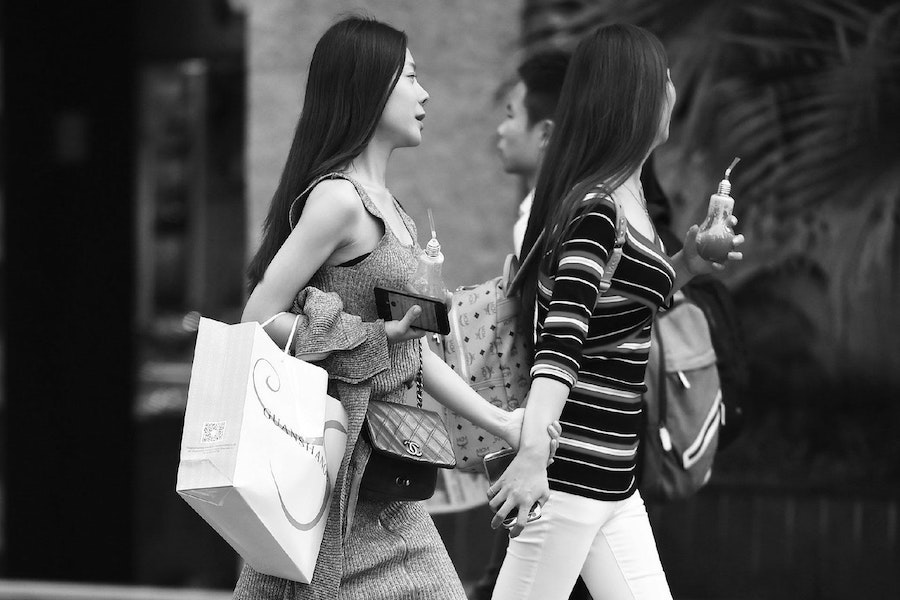Originally published March 2021.
For many years retail has been the second-largest invested asset class in the commercial real estate world. But now, being one of the sectors most hard-hit by covid-19, it is often leaving investors nervy, and has become an area that many are seeking to avoid. According to the latest data from Real Capital Analytics (RCA), investment into Asia-Pacific’s retail property sector dropped 41% year-on-year in 2020, with the most significant declines seen in large shopping centers and retail portfolios. What is the future of retail?
We were already hearing a lot of talk around experiential retail, online to offline (O2O) and omni-channel retail some time before the breakout of covid-19, with traditional brick-and-mortar retail becoming increasingly under threat from the rapid growth of e-commerce. Asia-Pacific is now the largest e-commerce market globally, with an estimated US$2.4tn of online sales in 2020, more than triple the market size of North America, and nearly five times that of Western Europe, according to Statista.
Led by China, Asia-Pacific’s online retail market is already ahead of its peers in many areas, such as having a well-developed logistics network and transportation system, and an advanced online payment system. In turn, this means that Asia-Pacific will also need to be a pioneer in the evolution and transformation of its physical retail space.
By definition, retail is the sale of goods to the public. But in the retail real estate arena, it can no longer just be the sale of goods, the process of which is increasingly being replaced by e-commerce. Retail real estate has become more of a social destination, a community centre or town square in which for people to socialise, have fun and enjoy life. It is not only the sale of goods, but also the sale of experiences, feelings, imaginations and lifestyles.
Asia-Pacific is now the largest e-commerce market globally, more than triple the market size of North America and nearly five times Western Europe
Maslow’s hierarchy of human needs comes to mind. At the bottom there are physiological needs, representing, in the retail arena, the sale of food, clothes and other daily essential products. Above that there are safety and belonging needs, resembling a social gathering destination to fulfil one’s need for being part of a local community. Finally, at the top, there are self-esteem and self-actualisation needs, which are often fulfilled by experiences such as enjoying a customised VIP service at a luxury brand store, attending a fashion or sports event at a prestigious venue, or spending a day at a bookstore or art gallery.
In various markets we’ve seen in Asia-Pacific, those retail projects that were able to weather the storm and quickly recover from lockdowns are the ones that fulfil a wide range of consumer needs. This means that, especially for larger shopping centres, landlords as well as tenants need to build in flexibility and variety, ranging from daily essentials such as food and beverage outlets and supermarkets, to social and cultural places such as bookstores and galleries.
It is worth noting that retail space design and tenant mixes can also be multidimensional and multifunctional. For instance, a clothing and accessories store may include a café and/or an art demonstration or exhibition zone to help extend the time customers may stay at the store to browse products and share ideas with their friends, hopefully making a purchase at the end. If executed successfully, this can also help raise customers’ identification with the brand and increase brand stickiness.
Bringing online brands to offline stores is another on-trend means to add resilience to tenant profiles, as even during lockdown periods such tenants can still make revenues online and hence be able to pay their physical store rentals. Examples of such e-commerce tenants in Greater China include the large chain stores such as Hema Fresh, JD.com, and HKTVmall, and newer concept stores like Casetify, OnTheList, and Homeless.hk.
The impact of covid-19 on the retail property market is twofold. Firstly, in the short run, consumers need to find replacement activities in lieu of travelling abroad or frequenting certain facilities and venues such as gyms and movie theatres. Secondly, in the longer term, it may lead to potential lasting changes in consumer habits and behaviours. For instance, if someone has become used to playing video games and reading books during home quarantine time, it is very likely that this habit will continue in the years after.
The implications for retail investors and developers would then be how to quickly adapt and build flexibility into their retail projects to accommodate these short- and long-term changes. The viable solutions may also depend on local market dynamics. For instance, an inability to travel abroad has led to a boost in mainland China’s luxury market, with estimated annual growth at 48% in 2020, according to Bain & Company. Another byproduct is booming automobile sales, with car sales in China witnessing nine straight months of growth up to December 2020. Hence it would be wise to include luxury and/or auto retailers in China’s retail operations.
In conclusion, the pandemic has accelerated the need for retail investors and developers to adapt to a fast-changing environment and to look at retail in a fresh new way. More importantly, it has forced us to revisit the relationship between humanity and real estate. The crisis has raised requirements in retail property management, including not only sound financial planning but also creativity, innovation and invention. In essence, retail now takes more than managing bricks and mortar, but rather managing people’s needs, expectations and behaviours.








